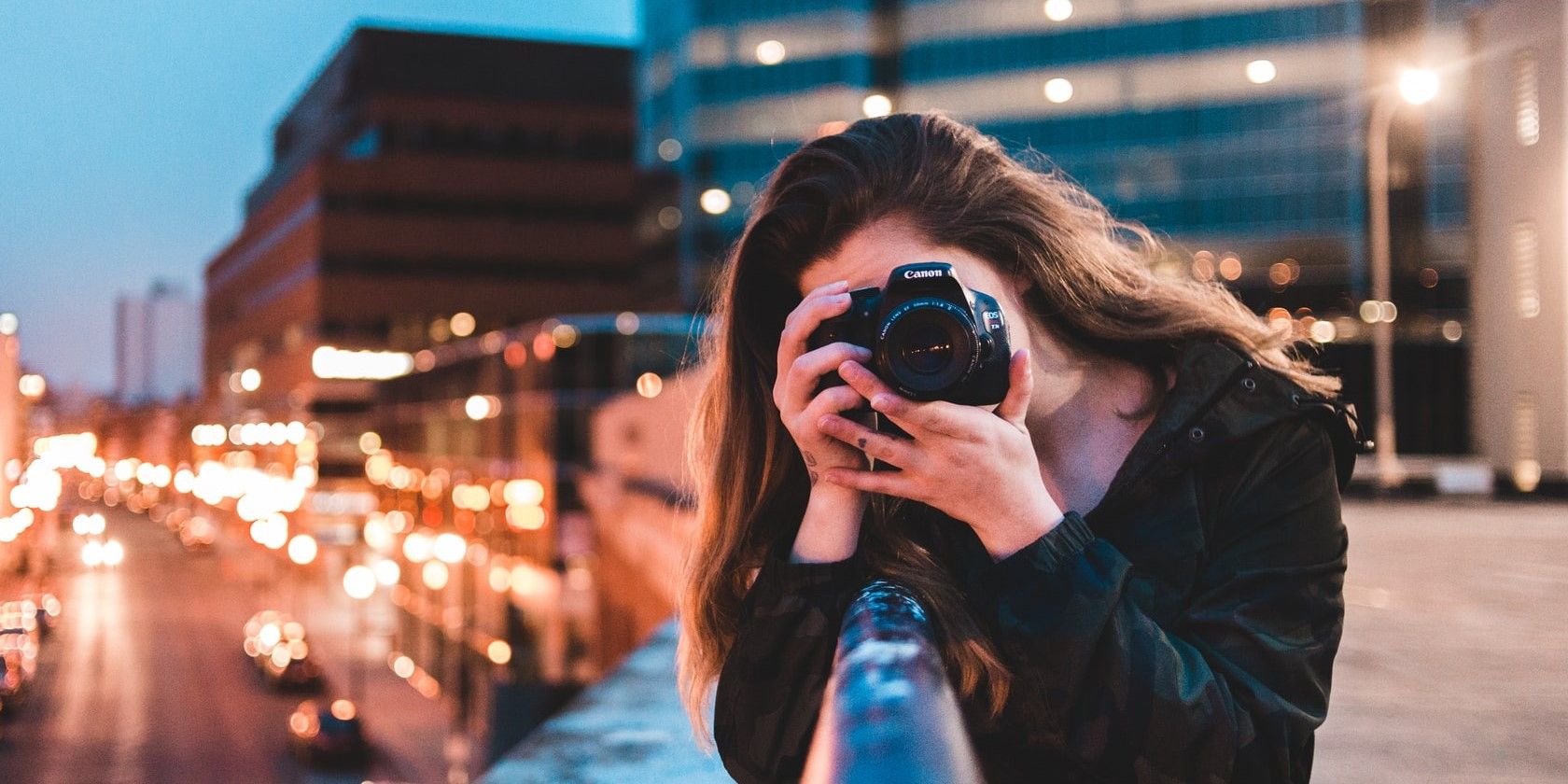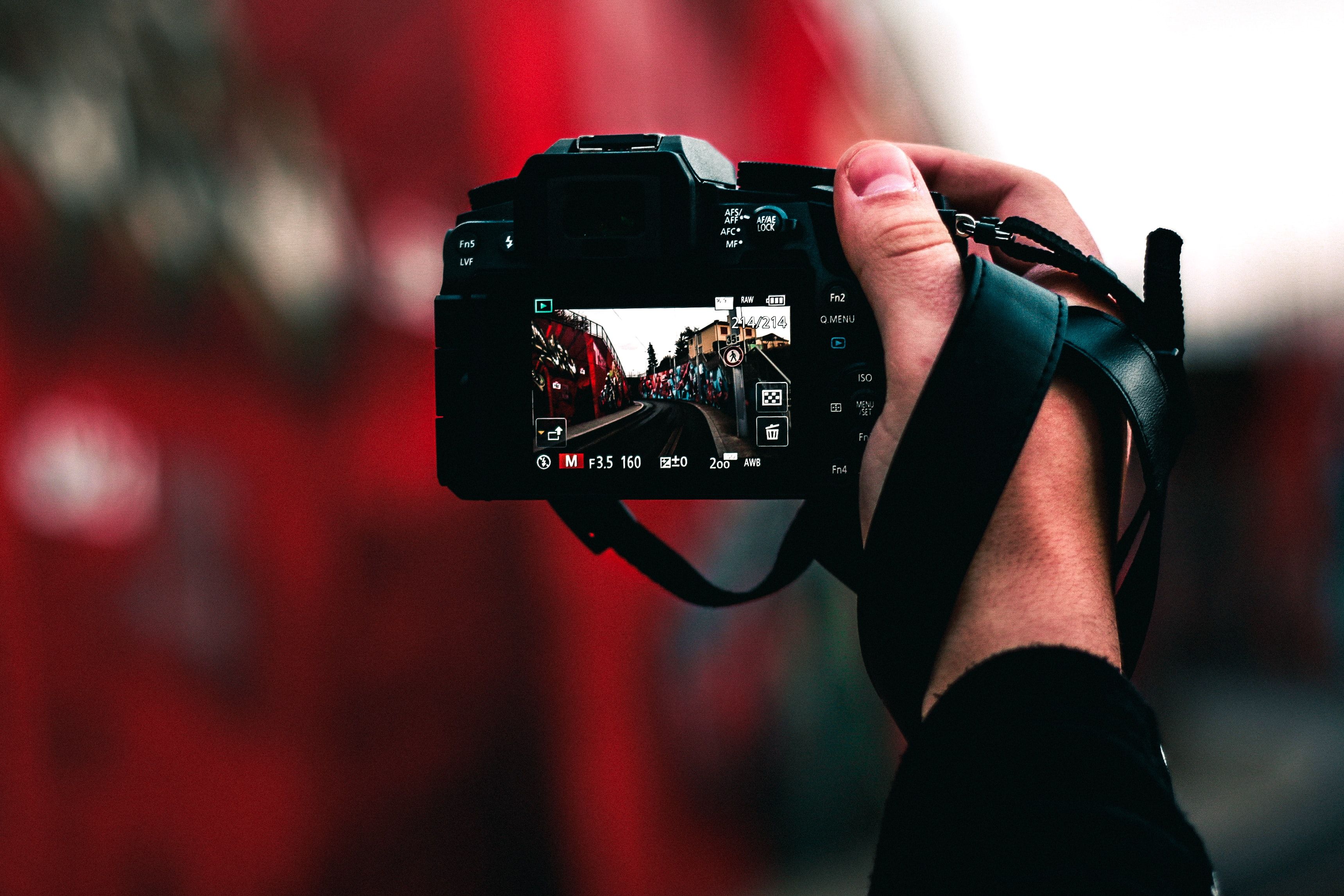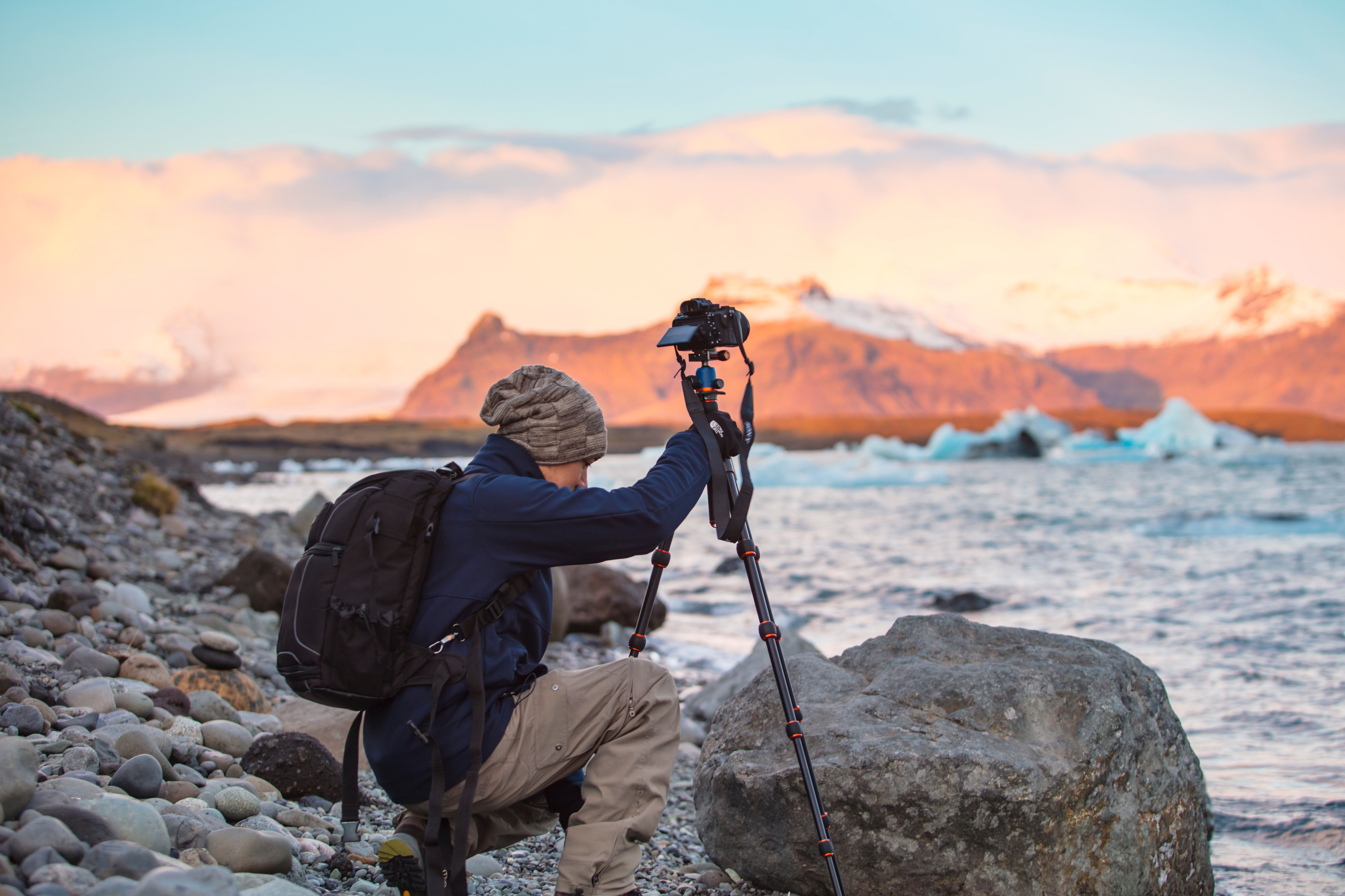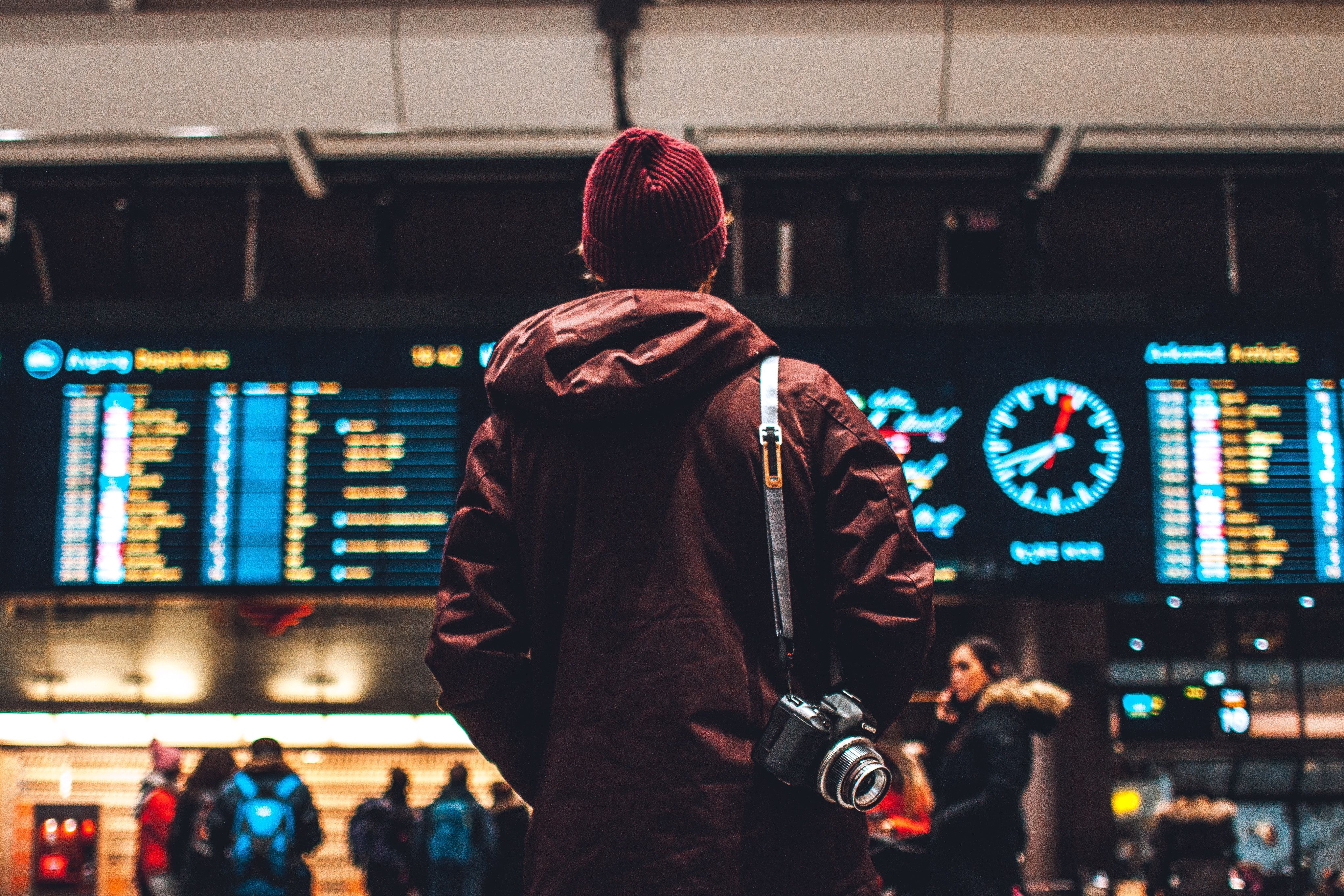If you've watched any photography-related tutorial, or read an article about the topic, the chances are that you've heard of Manual Mode.
For those new to the craft or trying out a recently-bought camera, switching to this mode is excellent for helping you learn the ins and outs of how your camera works.
But what exactly is Manual Mode, and is using it necessary? And what are the benefits of doing so? This article will answer each of these questions.
What Is Manual Mode and What Does It Do?
Manual Mode is the mode in which you control your camera's settings. You can alter your ISO, shutter speed, and aperture on your own—plus other functions.
When in Manual Mode, your camera won't necessarily alter depending on your environment. This is different from auto, aperture priority, and so on, where you have some degree of assistance.
With that being said, you don't necessarily need to finetune your focus alone using Manual Mode. Your camera will likely have an option where you can switch autofocus on or off, which will determine whether or not you need to tweak it yourself.
The Benefits of Using Manual Mode in Photography
Whether you're just getting started with photography or are a seasoned professional, using Manual Mode has many benefits. Below are some of the biggest.
Get More Creative
If you take pictures regularly, you'll find that you will go through stages where you don't feel like creating anything. These phases might pass in a few days but could also last for weeks, months, and—in extreme cases—years.
When you're in a creative rut, shaking things up a bit can serve as a great route out. And if you've been using the other modes on your camera for a while, you might find that switching to Manual Mode helps to flex those forgotten creative muscles.
Another benefit of getting more creative with Manual Mode is that you might find a new style of photography you enjoy and want to explore further.
Have More Control Over Your Images
Today's DSLR and mirrorless cameras can shoot fantastic images without the user needing to do much work. Often, though, these pictures are not what the person behind the lens desires.
If you've bought an expensive camera before and started shooting, you'll know how frustrating things can be in the beginning. You may find that your pictures are either too bright, too dark, or too shaky when in Auto Mode.
Taking pictures in Manual Mode allows you to control the outcome more quickly. If your photos are too blurry, you can control the shutter speed. And if you find they're not bright enough, you can tweak the ISO and aperture until you're happy.
Learn How to Use Your Camera Better
Having an expensive camera is handy for taking better pictures, but only if you know how to use it. If you have no idea how to snap a scene in the way you want—it doesn't matter if you have a $3,000 device or use your smartphone—they'll never turn out the way you want.
When you're getting started with a new camera, learning how to use your device is essential. And one of the quickest ways to do that is by switching to Manual Mode.
In the beginning, you'll likely be frustrated because your photos are too dark, too bright, or too blurry. However, you will learn how to take better photos much quicker by tweaking the settings.
Learn More About Photography in General
Learning about photography, in general, is equally as important as knowing how to use a camera.
In its simplest form, photography is painting with light. So, regardless of the device you use, the principles when it comes to lighting are the same.
Once you know how to use the basics with Manual Mode, you can transfer those to almost any camera. While some brands have different specifications, and you may need to make slight tweaks, you'll generally be able to apply what you've learned across the board.
Greater Consistency
In the beginning, you'll likely try to take pictures of anything and everything. But as your style matures, you may want to narrow down and have all of your photos look similar to one another.
Of course, you can edit to make your photos have a similar mood to one another. But another easy way to achieve this is by shooting with similar settings on your camera.
Since you can control each image to a higher degree, using Manual Mode is a great way to achieve consistency in your shots. You can choose how bright or dark you want the picture to be, along with the depth of field.
Another benefit of creating more consistent images on the camera is that you won't need to spend as much time editing your photos on Lightroom, Photoshop, or Capture One.
Do I Need to Use Manual Mode?
Some photography purists will argue that you're not a proper photographer unless you use Manual Mode. But the truth is that you can use whichever mode you want.
Your camera's other modes will often produce great shots, too, especially if you're using a more modern camera. Even some professional photographers will take photos outside of Manual Mode if they're looking for a specific result.
Though Manual Mode is a preference for many people with cameras, you shouldn't feel obligated to use it if you don't want to. The best camera mode is whichever works best for you.
Other camera modes you might want to try include:
- Aperture Priority
- Shutter Priority
- Auto
Switch to Manual Mode for Unique Image Results
Using Manual Mode in photography is by no means mandatory. However, using it comes with a variety of significant benefits. You can learn more about how photography works, making it easier to take pictures on any device.
Taking pictures in Manual Mode will, however, also enhance your knowledge of your camera. You'll discover what does and doesn't work and can control the outcome of your images better as a result.
Though Manual Mode is daunting at first, using it consistently is well worth the effort.




